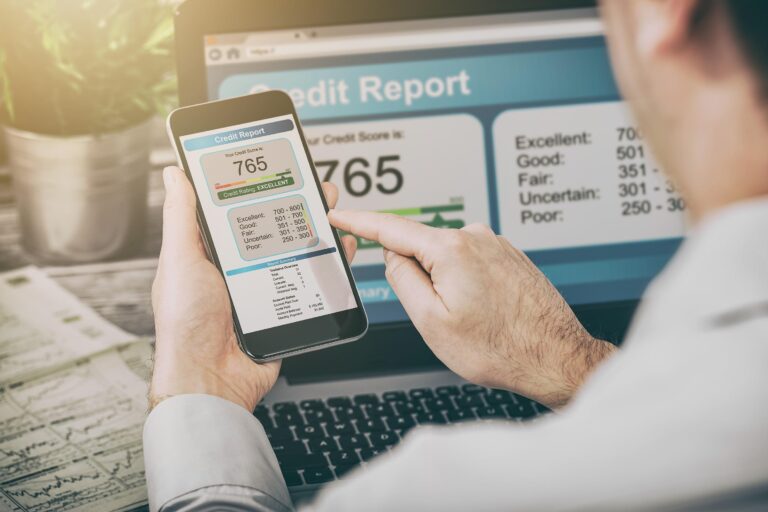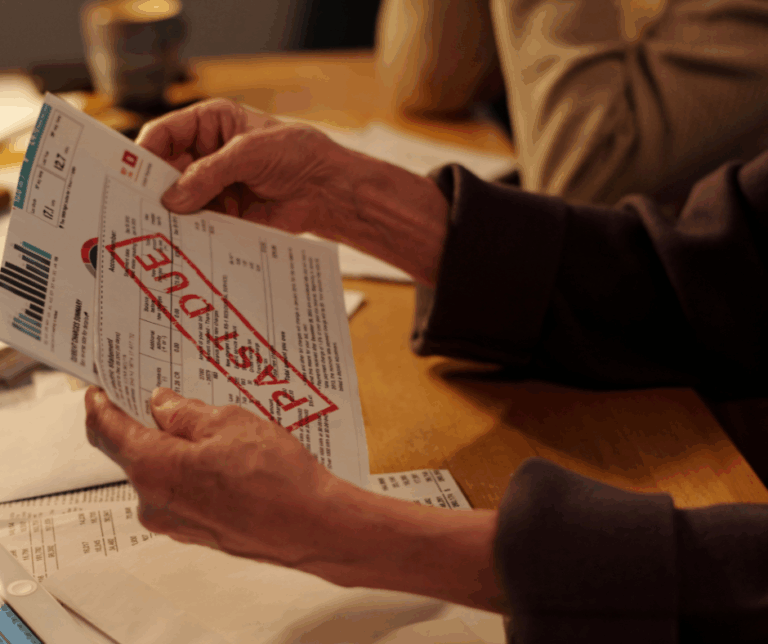Credit cards can be powerful tools – or dangerous traps. The difference lies in how you use them. For many, the fear of falling into debt keeps them from leveraging the benefits of credit cards. But avoiding credit entirely may also mean missing out on opportunities to build credit, earn rewards, and enjoy financial flexibility.
Here’s the good news: used the right way, credit cards don’t have to lead to debt. Instead, they can be a stepping stone to stronger financial health. Today, we’ll guide you through the essential steps to use a credit card smartly and safely so you can enjoy the perks while keeping debt at bay.
1. Know What You Can Afford (and Only Charge That Much)
The first rule of credit card management is simple but critical: if you can’t afford it, don’t charge it. Treat your credit card like a debit card, and only spend money that you already have in your bank account.
Impulse purchases or non-essential spending can quickly spiral out of control, especially when using a credit card. Setting a realistic monthly spending limit is one of the easiest ways to keep yourself accountable. Ask yourself this before each purchase: “Would I have made this purchase if I were paying with cash right now?”
Bonus Tip:
Use a manual spending tracker or set up alerts with your credit card provider to monitor your transactions in real-time. Staying mindful of your spending ensures you don’t overextend your budget.
2. Pay Your Balance in Full Every Month
When it comes to credit cards, paying your balance in full each month is non-negotiable if you want to avoid costly interest charges. Carrying a balance – even a small one – can lead to compounding debt, which grows faster than most people expect.
It’s important to understand the difference between the minimum payment, the statement balance, and the full balance. While making the minimum payment keeps you in good standing with your credit card company, it doesn’t stop interest from piling up on the rest of your balance.
Paying in full prevents this altogether. Make this a habit, and you’ll fully unlock the benefits of credit without worrying about debt.
3. Understand the Billing Cycle and Grace Period
Timing can play a crucial role in how you use your credit card. Understanding your billing cycle and grace period is key to managing your account like a pro.
Your billing cycle determines when purchases are charged to your account and when payments are due. Most credit cards also offer a grace period – the time between the close of your statement cycle and the due date – when no interest is charged on new purchases. By paying off your full balance before the end of this grace period, you can avoid interest altogether.
Remember that payments made on the due date might not process immediately. To stay on the safe side, pay a day or two earlier to give transactions time to clear.
Picture a timeline like this:
- June 1st–30th – Billing cycle
- July 1st – Statement issued
- July 25th – Payment due (grace period ends)
4. Keep Your Credit Utilization Low
Credit utilization is one of the most important factors in your credit score. This refers to the percentage of your available credit that you’re using. Experts recommend keeping your utilization below 30%, but for the best credit-boosting results, aim for under 10%.
Even if you pay off your balance in full each month, high balances relative to your credit limit can still hurt your score. Why? Because your utilization is typically calculated based on your statement balance, not what you pay.
Strategies to Lower Utilization
- Make multiple payments throughout the month to lower your balance.
- Request a credit limit increase to expand your available credit.
- Use different cards for different purchases to spread your utilization.
5. Set Up Auto-Pay or Reminders to Avoid Late Payments
When it comes to credit cards, on-time payments are everything. Even one late payment can significantly harm your credit score and remain on your credit report for years. Worse, late payments often come with fees and penalty interest rates that make catching up even harder.
Automation can save you from forgetting a due date. Set up auto-pay to cover at least your minimum payment but aim for the full statement balance if possible. If you prefer more control over your payments, set calendar reminders instead. The more consistent you are, the stronger your credit will become.
6. Use Credit Cards to Your Advantage (Without Overdoing It)
When managed responsibly, credit cards offer a wealth of benefits – from cash-back rewards to fraud protection to travel perks. But these perks shouldn’t tempt you to overspend. The key is to have a clear plan for your credit card usage.
For instance, you can use credit cards strategically for large, planned purchases while keeping the rest of your spending conservative. If you’re new to credit, don’t rush to open multiple accounts all at once. Instead, build your credit steadily over time by using one or two cards consistently.
Remember, credit cards are tools to enhance your financial life, not excuses to overextend yourself.
Be Proactive, Not Reactive
When used intentionally and thoughtfully, credit cards can be powerful allies in achieving your financial goals. To recap:
- Spend only what you can afford.
- Pay your balance in full (and on time) each month.
- Stay mindful of your billing cycle and keep your utilization low.
Credit cards are not lifelines, and they’re not meant to carry financial burdens you can’t handle. But with careful planning, they can help you build credit, access valuable benefits, and create a strong foundation for your financial future.
If you’re rebuilding credit or unsure where to start, Kaydem Credit Help can guide you. Get started today, and let’s get your credit working for you, not against you.







